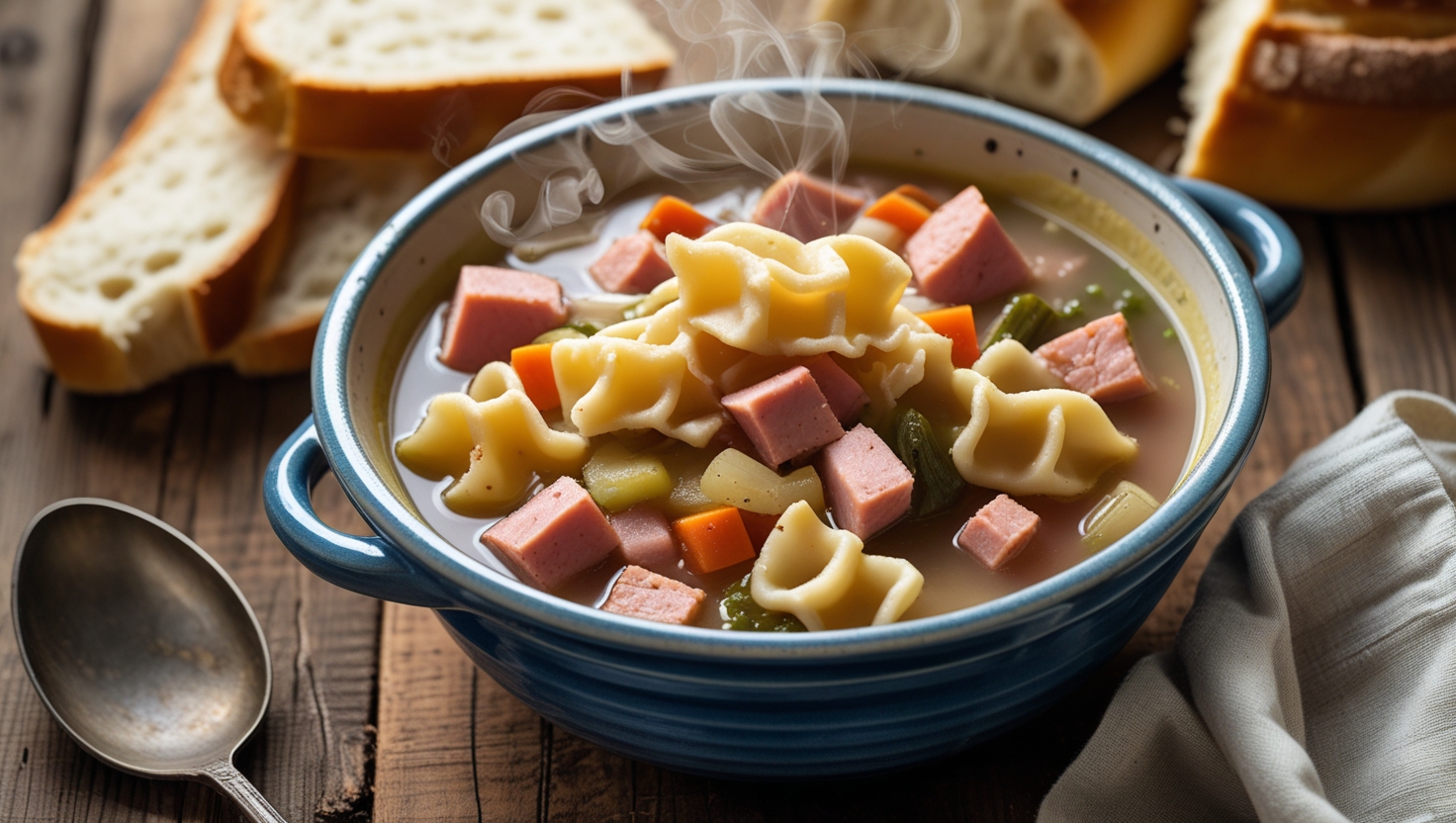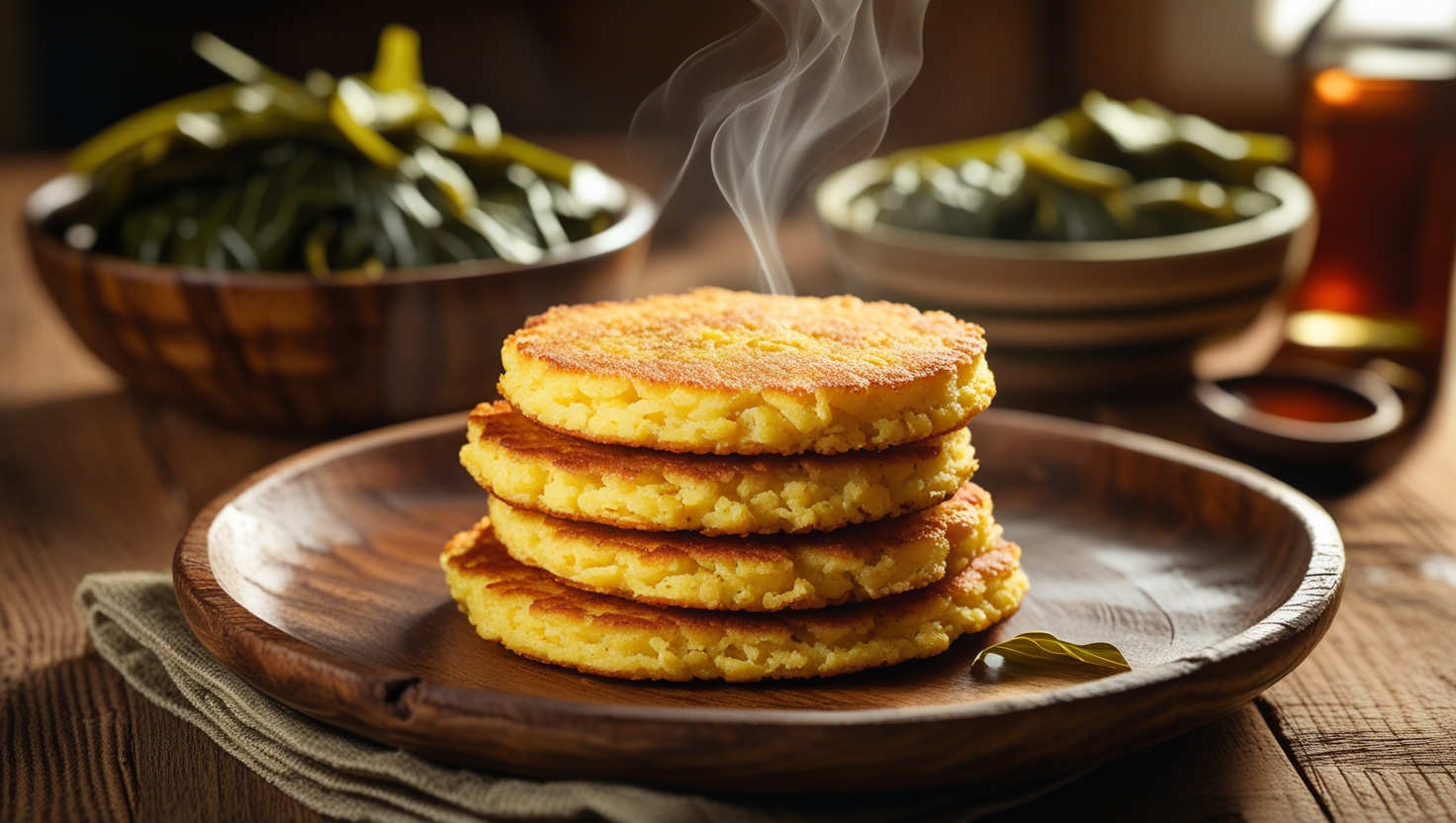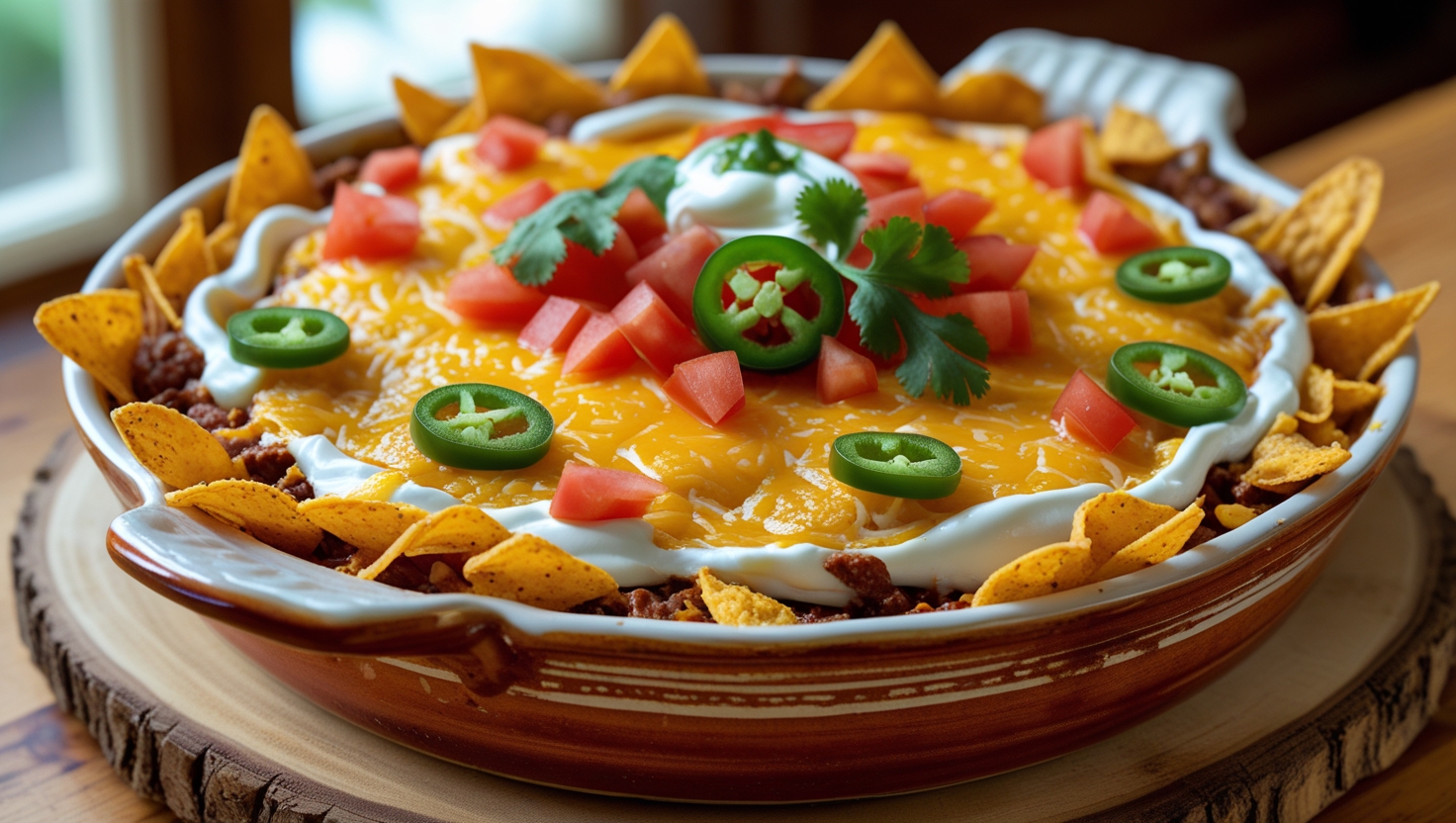When most people hear “pot pie,” they immediately think of a meat pie wrapped in pastry with a creamy filling. But in Pennsylvania, especially among the Pennsylvania Dutch, real pot pie means something entirely different — and arguably much more comforting.
Today, we’re diving into the step-by-step process of making Traditional Pennsylvania Dutch Ham Pot Pie — a hearty, rustic, stew-like dish filled with tender ham, vegetables, rich broth, and the signature homemade pot pie noodles.
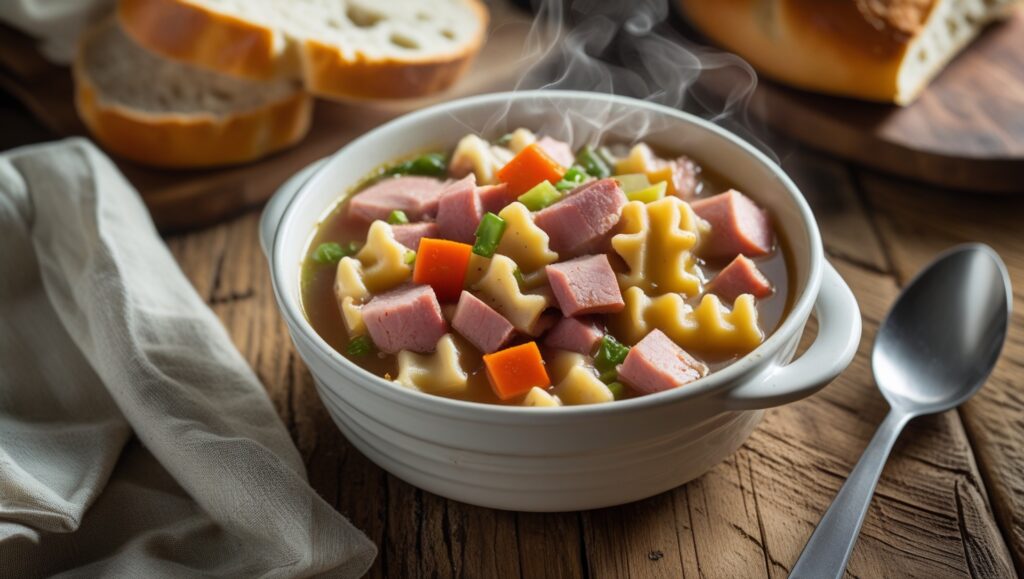
What is Pennsylvania Dutch Ham Pot Pie?
Unlike the baked, crust-covered meat pies you might be familiar with, Pennsylvania Dutch Ham Pot Pie is a stovetop stew known for its square-cut homemade dough pieces simmered in a flavorful broth. The “pot pie” in this case refers to the dough squares, which cook directly in the broth and give the dish its distinctive texture.
This recipe is a staple of Pennsylvania Dutch comfort food — simple ingredients, homestyle preparation, and satisfying results.
Ingredients You’ll Need
For the Broth and Stew:
- 1 leftover ham bone or several slices of ham
- 8–10 cups of water (adjust based on pot size)
- 2–3 stalks of celery, chopped
- 1 large onion, diced
- 2–3 carrots, sliced
- 4 medium potatoes, peeled and cubed
- Salt and pepper to taste
For the Homemade Pot Pie Noodles:
- 2 cups all-purpose flour
- ½ teaspoon salt
- ½ cup water (may adjust slightly)
Note: You can also add additional seasonings like parsley or thyme for extra flavor, though traditional recipes often keep it simple.
Step-by-Step: How to Make Authentic Ham Pot Pie
1. Prepare the Broth
Place your ham and any leftover ham juices or gelatin from previous cooking into a large pot. Add water to cover and bring to a boil. Lower the heat and simmer for about 30–40 minutes to extract flavor from the ham bone. Once simmered, remove the ham bone, pick off any meat, and return the ham pieces to the pot.
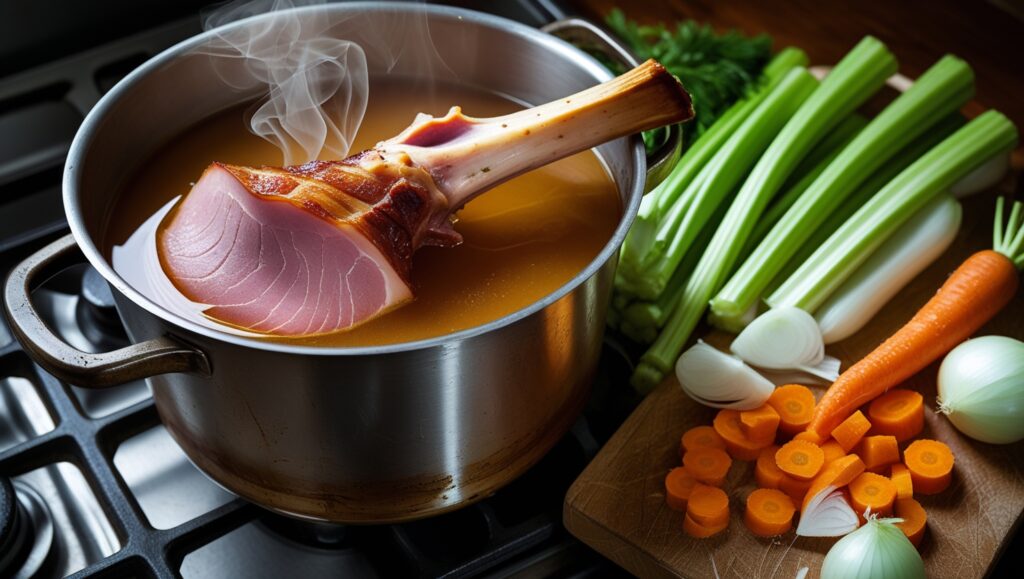
2. Add the Vegetables
To the simmering broth, add chopped celery, diced onions, sliced carrots, and cubed potatoes. Let everything simmer together for about 20 minutes, allowing the vegetables to soften and infuse the broth with flavor.
Making the Pot Pie Noodles (The Star of the Dish)
1. Prepare the Dough
In a mixing bowl, combine 2 cups flour, ½ teaspoon salt, and enough water to form a soft but firm dough (about ½ cup). Knead the dough gently on a floured surface until smooth.
2. Roll and Cut the Dough
Roll the dough out to about ¼ inch thick. Using a pizza cutter or sharp knife, slice the dough into small squares — these are your pot pie noodles. Let the dough squares sit for about 10–15 minutes to air-dry slightly. This helps them hold together better in the hot broth.
Cooking and Assembling the Ham Pot Pie
Once the vegetables are nearly cooked, gently drop the pot pie dough squares into the simmering broth. Stir occasionally to prevent sticking but avoid over-stirring, which can break the noodles. Simmer uncovered for 15–20 minutes until the noodles are tender and slightly thickened the broth. Taste and adjust salt and pepper as needed.
Serving the Ham Pot Pie
Ladle generous portions of the hearty stew into bowls, ensuring each serving has plenty of noodles, vegetables, and ham. This dish is best served hot, fresh off the stove — a true comfort meal for cold days, family gatherings, or when you crave a nostalgic Pennsylvania classic.
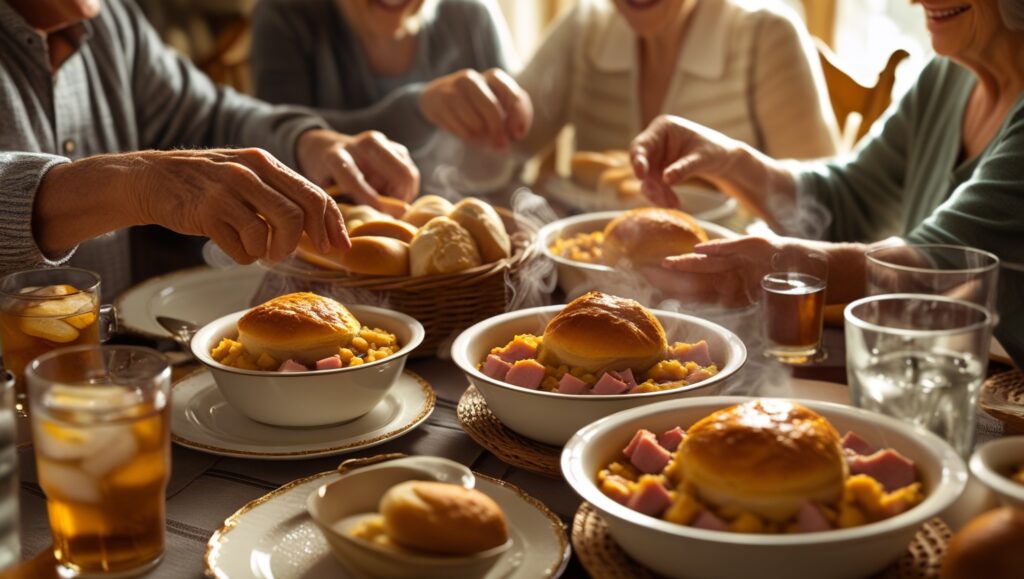
Final Thoughts
Real Pennsylvania Dutch Ham Pot Pie is a beautiful reminder that the simplest ingredients often create the most comforting meals. With rich broth, tender ham, hearty vegetables, and soft homemade noodles, this dish has been loved for generations — and now you can bring that tradition to your own table.
Whether you’re familiar with Pennsylvania Dutch cuisine or trying this for the first time, one spoonful of this rustic stew will have you coming back for more.
Curious about more regional comfort food recipes? Stay tuned for more traditional favorites!
